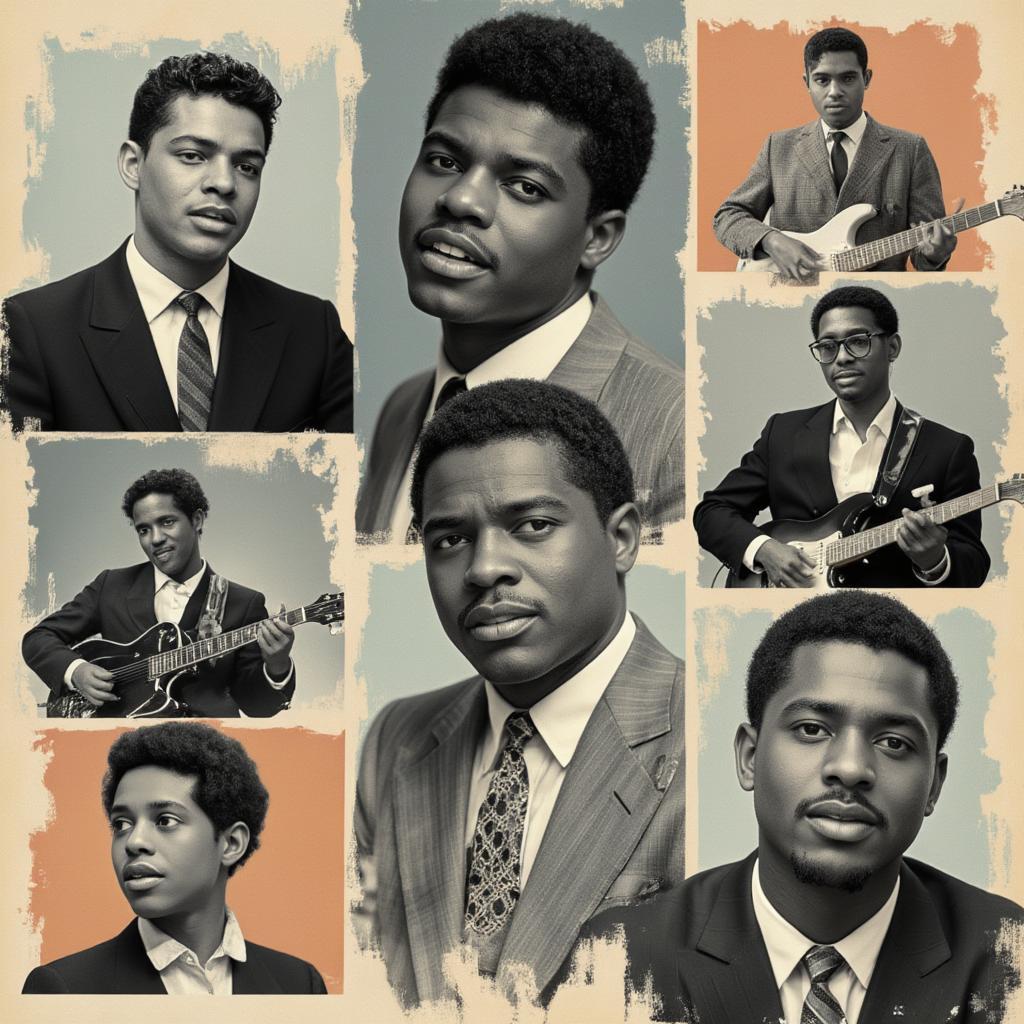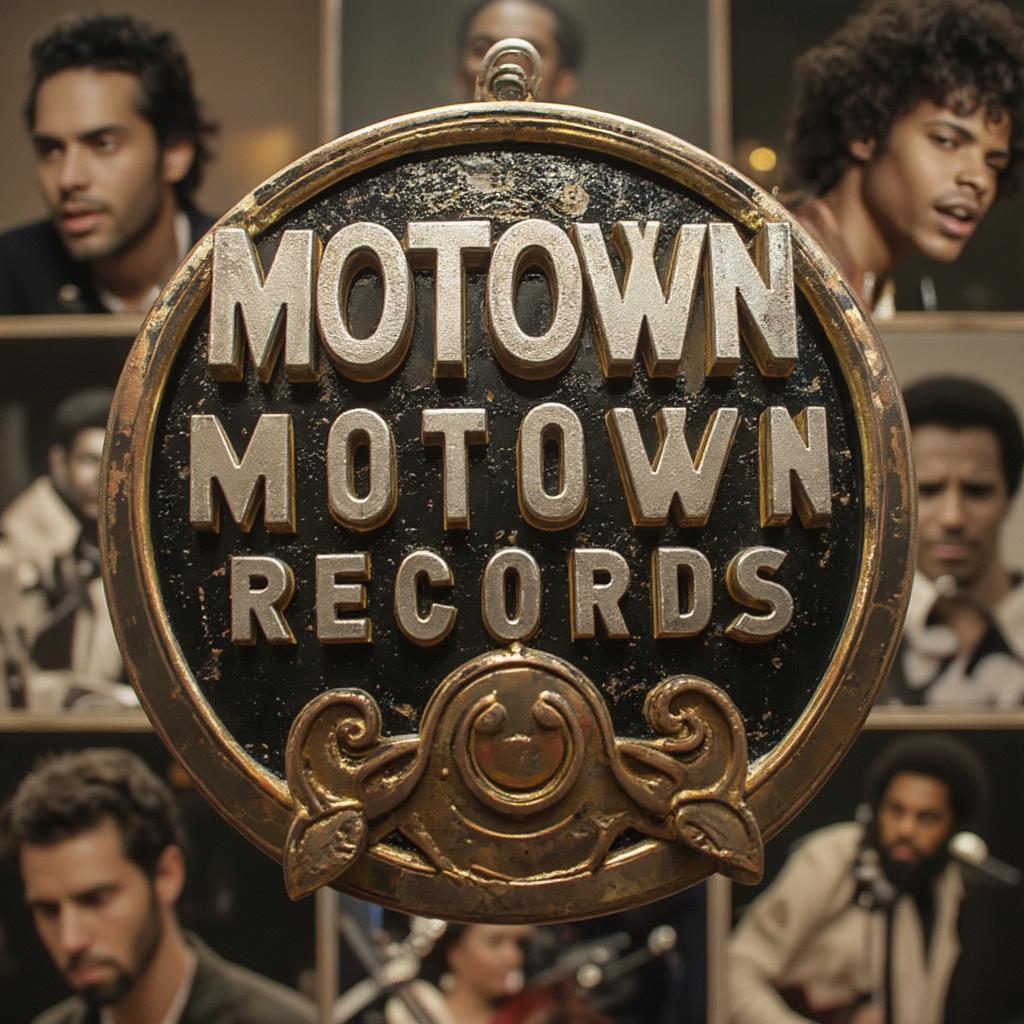The Rhythmic Roots: A Deep Dive into the History of Rhythm and Blues

Rhythm and blues, a genre pulsating with raw emotion and infectious grooves, has left an indelible mark on the landscape of popular music. Its story is one of cultural fusion, innovation, and the undeniable power of the human spirit, tracing back to a time of both segregation and resilience. Let’s journey through the rich tapestry of its history, exploring the roots, evolution, and enduring legacy of this iconic sound.
From Blues to R&B: The Genesis of a Genre
The birth of rhythm and blues wasn’t a singular event but rather a gradual evolution from earlier forms of African American music, most notably the blues. The blues, with its tales of hardship and longing, provided the bedrock upon which R&B would be built. However, as cities grew and African Americans migrated north, their music began to reflect these changes. The addition of more energetic rhythms, electric instruments, and a focus on urban life marked a significant shift. This transformation was less about a complete break from the past and more about an adaptation to a new environment. This gradual shift in music styles was the stepping stone to the birth of early rhythm and blues.
Key Influences and the Urban Landscape
The migration of African Americans to urban centers like Chicago, Detroit, and New York had a profound impact on the development of R&B. These cities became crucibles of musical innovation, with artists incorporating elements of gospel, jazz, and jump blues into their sound. Electric guitars and amplified instruments became more prominent, adding a raw, energetic edge to the music. The fast-paced, often gritty, nature of urban life found its way into the lyrics and rhythms of this new sound.
“The raw emotion and energy of the early rhythm and blues movement reflected the reality of urban life for many African Americans at the time. It was a way of telling their stories, expressing their struggles, and celebrating their resilience,” explains Dr. Eleanor Vance, a music historian specializing in African American music.
The Golden Age: R&B’s Breakthrough to the Mainstream
The late 1940s and the 1950s are often considered the golden age of rhythm and blues. This was a period of explosive growth and experimentation, as the genre began to gain mainstream popularity, largely thanks to iconic artists and record labels. Record labels such as Atlantic, Chess, and King played a crucial role in discovering and promoting these new voices. Artists like Chuck Berry, Little Richard, and Fats Domino became household names, with their songs crossing racial lines and resonating with a broad audience. This wasn’t just music; it was a cultural movement that helped to shape the sound of popular music for decades to come.
The Rock ‘n’ Roll Connection
The relationship between rhythm and blues and rock ‘n’ roll is undeniable and complex. Many of the early rock ‘n’ roll pioneers, including Elvis Presley and Jerry Lee Lewis, drew heavily from the sounds and styles of R&B. In fact, much of early rock ‘n’ roll was essentially R&B played by white musicians for a predominately white audience. This crossover helped to expose R&B to a wider audience but also led to concerns about cultural appropriation. The influence of the early rhythm and blues can be heard in countless genres of music.

Soul Music: A Deeper Dive into Emotion
As the 1960s dawned, rhythm and blues began to evolve into soul music. Soul maintained the strong rhythms and emotional intensity of R&B but added a greater emphasis on vocal performance and heartfelt lyrics. Artists like Aretha Franklin, Ray Charles, and Sam Cooke brought a new level of depth and expressiveness to the genre, using their voices to convey a range of emotions from joy to sorrow. Soul music became the sound of the Civil Rights movement, expressing the hopes, dreams, and struggles of African Americans during a turbulent time in American history.
Motown and the Sound of Detroit
Motown Records, founded in Detroit by Berry Gordy, played a pivotal role in the development and popularization of soul music. Motown’s artists, including The Supremes, The Temptations, and Marvin Gaye, created a polished, sophisticated sound that appealed to a broad audience. Motown’s emphasis on songwriting, production, and image set new standards for popular music and helped to make soul a global phenomenon.

R&B’s Evolution in the Modern Era
The evolution of rhythm and blues didn’t stop with soul music. In the decades that followed, R&B continued to evolve and adapt to changing tastes and technologies. The 1970s saw the rise of funk, a highly rhythmic and dance-oriented style, while the 1980s brought a new level of sonic experimentation with synthesizers and drum machines. The 1990s and 2000s saw the emergence of new subgenres like contemporary R&B, which fused elements of hip-hop, pop, and electronic music. The genre continues to inspire new generations, demonstrating how R&B has been able to embrace new sounds while maintaining its own distinct identity. A prime example of this evolution can be seen in the trends of rhythm and blues 2020.
The Influence of Hip-Hop
The emergence of hip-hop in the 1980s had a profound impact on R&B. Many R&B artists began to incorporate elements of hip-hop into their music, creating a hybrid sound that blurred the lines between the two genres. The collaboration between R&B vocalists and hip-hop producers led to some of the most creative and influential music of the late 20th and early 21st centuries. This fusion of sounds continues to be relevant, pushing the boundaries of creativity and sound, leading to a new generation of artists in the modern era.
“The integration of hip-hop with R&B isn’t just a trend; it’s a natural progression of Black music. The two genres share roots and a spirit of innovation, leading to some of the most powerful music we hear today,” states Miles Jackson, a contemporary music critic and producer.
The Enduring Legacy of Rhythm and Blues
The impact of R&B can be felt in various genres, which in turn have been responsible for creating some of the best soul and r&b songs of all time. It is clear that the legacy and impact of the genre continues to live on.
Conclusion
The journey through the history of rhythm and blues reveals a genre that has consistently adapted and evolved while staying true to its roots. It’s a story of musical innovation, cultural expression, and the power of music to connect people. From its humble beginnings in the blues to its modern iterations, R&B continues to inspire, influence, and resonate with audiences worldwide. Its legacy is not just in the music itself but also in the way it has shaped our cultural landscape. The story of the history of rhythm and blues is a reminder of the enduring power of music.
Frequently Asked Questions
What are the key characteristics of rhythm and blues music?
Rhythm and blues is characterized by strong, danceable rhythms, a blues-based structure, and often, soulful vocals. It typically features electric guitars, bass, drums, and sometimes keyboards or horns, often with lyrics that address themes of love, life, and struggle.
How did the blues influence rhythm and blues?
The blues provided the foundational structure and emotional depth for rhythm and blues. Many R&B songs retain the 12-bar blues structure and the use of “blue notes,” along with lyrical themes centered around personal hardship and longing.
Who were some of the key early pioneers of rhythm and blues?
Key early pioneers include artists like Chuck Berry, Little Richard, Fats Domino, Ruth Brown, and Big Joe Turner. These artists helped to define the sound of early R&B and popularize the genre.
What is the difference between rhythm and blues and soul music?
While both genres share roots, soul music, which emerged in the 1960s, places a greater emphasis on heartfelt vocal performances and often incorporates elements of gospel music. Soul tends to be more emotionally expressive than the early forms of R&B.
How did Motown Records influence the development of R&B and soul?
Motown Records, based in Detroit, played a crucial role in popularizing soul music. Their polished, sophisticated sound and focus on songwriting and production helped to bring soul to a mainstream audience.
How has hip-hop influenced contemporary R&B?
Hip-hop has had a significant impact on contemporary R&B, with many artists incorporating elements of hip-hop rhythms, production techniques, and lyrical styles into their music. This fusion of genres has created a new wave of innovative sounds.
What makes rhythm and blues such a timeless genre?
The timelessness of rhythm and blues comes from its ability to connect with raw human emotion and its consistent innovation, adapting to cultural shifts while retaining its core essence. This ability to stay relevant over time is what has allowed it to continue to inspire and influence music.
Where can I explore more of the history of rhythm and blues?
You can explore the history of rhythm and blues through various resources, such as online music archives, documentaries, books, and articles. Websites like AllMusic and resources dedicated to Black music history can provide additional information, and various music streaming platforms also offer curated playlists and albums.
How has R&B impacted popular music in general?
Rhythm and blues has had a profound impact on popular music, serving as a foundational genre for many styles, including rock ‘n’ roll, soul, funk, and contemporary pop. Its innovative approach to rhythm, instrumentation, and vocal performance continues to influence artists across a wide spectrum of musical genres, as it is a bedrock of modern music.




